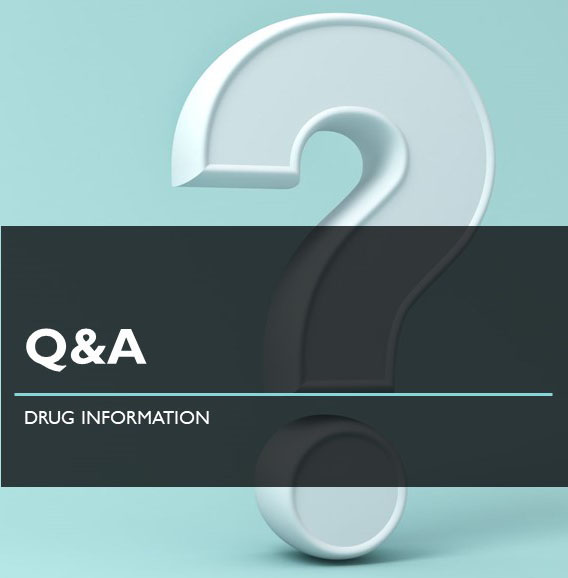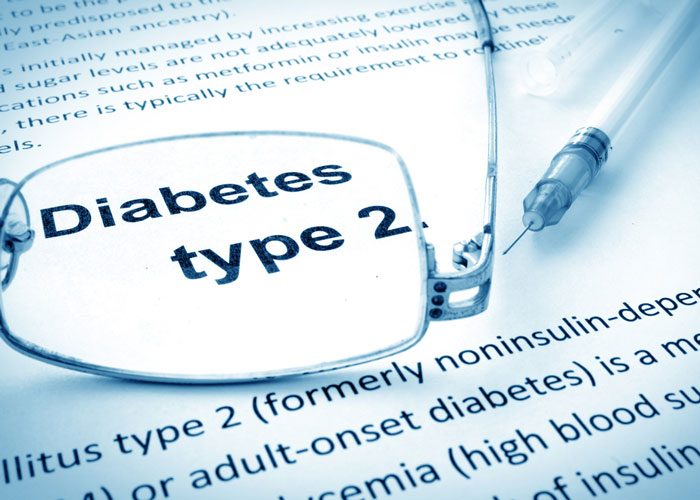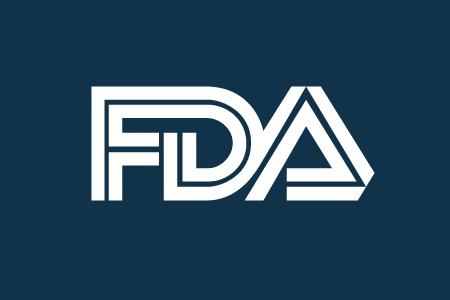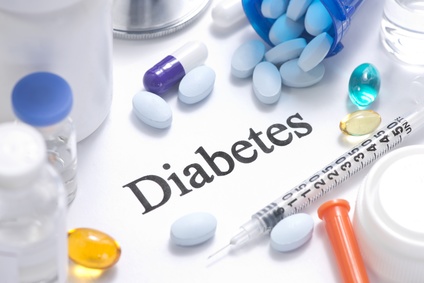Medications and mother’s milk
Research and writing made possible thanks to the generous sponsorship from Pemason Pharmaceutical Limited – owned by Pharmacists and operated by a team of Pharmacists with a commitment to quality pharmaceuticals & drug information
To sponsor EMDEX Topic(s) i.e., Medication Management of Diseases, Therapeutic Notes or Development of Drug Monographs, please contact Editor@EmdexOnline.com
Drugs generally considered incompatible with breastfeeding – see the link to Table 1 below
OTC medication use during pregnancy & lactation – see the link to Table 2 below
Prescription drugs of choice during pregnancy and lactation – see the link to Table 3 below
Breastfeeding has many proven benefits for both the mother and the infant. Mothers who breastfeed experience less postpartum bleeding and return to pre-pregnancy weight more rapidly. They also have a lower risk for postpartum depression, type 2 diabetes, and breast and ovarian cancer. Infants who are breastfed have fewer infections, most notably otitis media, as well as a lower incidence of sudden infant death syndrome, necrotizing enterocolitis, childhood leukaemia, diabetes, asthma, and obesity. Exclusive breastfeeding until the age of 4 months and partially thereafter has been associated with a significant reduction in respiratory and gastrointestinal morbidity in infants.
The American Academy of Pediatrics recommends breastfeeding for the first year of life, including breast milk exclusively for the first 6 months. Breastfeeding should be promoted by health care professionals. Breastfeeding mothers should be adequately counselled on safe medication use. Breastfeeding should not be stopped unnecessarily when a medication is prescribed.
Absolute contraindications to breastfeeding are rare and may include human immunodeficiency virus (HIV) infection, illicit drug use, galactosemia in the infant, herpes simplex virus lesion on the breast, active tuberculosis or human T-cell lymphocytic virus infection, radioactive isotopes/radioactive material exposure, and antimetabolite or other chemotherapy use.
Conditions that are not prohibitive of breastfeeding include herpes simplex virus infection that does not include a lesion on the breast, hepatitis B infection, and cytomegalovirus infection.
The use of medications, either prescription or over-the-counter, is seldom a contraindication to breastfeeding. Short courses of medication may require that a mother use a pump to collect her milk to continue to stimulate the milk production, alleviate symptoms of engorgement, and then discard it rather than feeding it to the infant.
Counselling Tip
If a drug must be taken by a mother while breastfeeding, scheduling the doses so that peak plasma and milk levels of the drug do not coincide with breastfeeding sessions may be possible. Advise the mother to breastfeed just before taking a dose of a drug and/or at least 2 hours after taking a dose. This may help reduce infant exposure
Drug transfer into milk
The transfer of medication into human milk shares some of the same principles as crossing the placenta, with most by passive diffusion. A medication may cross through the placenta into the fetal circulation and back on the concentration gradient, just as a drug may pass into milk and diffuse back into the bloodstream as serum concentrations decrease.
The most important factor in infant exposure through breast milk is the amount of medication in the mother’s serum. Next, the properties that affect the transfer of medication from serum into milk should be considered. These include bioavailability, molecular weight, protein binding, pKa, and lipid solubility.
Similar to crossing the placenta, molecular weight and protein binding can predict a medication’s likelihood to cross into breast milk. Medications with small molecular weights (<200 Da) are more likely to pass, and those that have a large molecular weight exhibit reduced entry into breast milk
In general, the properties necessary for a medication to cross into the central nervous system (CNS) also predict diffusion into breast milk. Medications that are highly lipid soluble easily pass into breast milk and cross the blood-brain barrier. If a medication is a centrally active medication, advising the mother to watch for CNS side effects in the infant is important.
Galactogogues
Galactogogues are chemical substances used to aid in breast milk production. Medications should never replace support, education and assessment of breastfeeding technique. Frequent feeds and complete milk removal at regular intervals will increase milk production.
Domperidone, like Metoclopramide, increases milk production by increasing prolactin. Usual dose 10 mg orally 3 times daily for 7-10 days; max. 60 mg/day. There is no evidence that doses >30 mg/day is more effective and may be associated with increased risk of side effects (e.g., QT prolongation). May take up to 4 days for improvement. Preferred over metoclopramide due to fewer side effects.
Metoclopramide 10 mg orally three times a day for 7 to 14 days, then taper by reducing 1 tablet q5‐7 days. Concerns about efficacy and safety limit use. May be associated with rare incidences of tardive dyskinesia, depression or dysthymia in the nursing mother.
Herbals: Not usually recommended due to inadequate data vs. prescription galactagogues. Fenugreek: Most commonly used herbal galactogogue; mother and baby may smell like maple syrup. Rare incidence of GI bleeding suspected in premature infants. Avoid use if allergic to peanuts or legumes.
Beer: Barley contained in beer may increase prolactin, but not enough evidence to recommend. Alcohol content not responsible for the effect on prolactin secretion and may decrease milk production.
Bromocriptine is not recommended for the suppression of lactation due to an increased risk of stroke and myocardial infarctions when used postpartum
Does drinking beer help increase your milk supply?
Beer and breastfeeding
There are clear indications that beer can stimulate prolactin secretion which may enhance lactogenesis both in non-lactating humans and in experimental animals. The component in beer responsible for the effect on prolactin secretion is not the alcohol content but apparently a polysaccharide from barley, which explains that the effect on prolactin can also be induced by non-alcoholic beer. Studies have shown a reduced breast milk intake by infants after moderate alcohol consumption of their mothers. Regular use of alcoholic drinks during lactation should be discouraged and instead, mothers may be referred to non-alcoholic beer.
Source: Koletzko B, Lehner F. Beer and breastfeeding. Advances in Experimental Medicine and Biology [serial online]. 2000;478:23-28. Available from: MEDLINE with Full Text, Ipswich, MA. Accessed July 26, 2015
Quick reference tables
Click the links below to access the PDF Tables
Drugs generally considered incompatible with breastfeeding (Table 1)
- Table 1_Drugs generally considered incompatible with breastfeeding
OTC medication use during pregnancy & lactation (Table 2)
- Table 2_OTC medication use during pregnancy & lactation
Prescription drugs of choice during pregnancy and lactation (Table 3)
- Table 3_Prescription drugs of choice during pregnancy and lactation
Important links
Drugs in Pregnancy and Breastfeeding – Perinatology.com. Collection of several resources and links
URL: https://www.perinatology.com/exposures/druglist.htm
MotherToBaby – Medications & More during Pregnancy & Breastfeeding. US-based site offers evidence-based information for mothers, health-care professionals and members of the general public
URL: https://mothertobaby.org/
Infant Risk Center – Texas Tech University Health Sciences Center
URL: https://www.infantrisk.com/categories/breastfeeding
References:
- World Health Organization (WHO). Congenital anomalies. Fact sheet No. 370; 2015 Apr. Available from: http://www.who.int/mediacentre/factsheets/fs370/en/
- Gunatilake R, Patil AS. Drugs in pregnancy. Merck Manual; 2013 Jan. Available from: http://www.merckmanuals.com/professional/gynecology-and-obstetrics/drugs-in-pregnancy/drugs-in-pregnancy
- Burkey BW, Holmes AP. Evaluating medication use in pregnancy and lactation: what every pharmacist should know. J Pediatr Pharmacol Ther 2013;18(3):247–258
- Chung W. Teratogens and their effects. Available from: http://www.columbia.edu/itc/hs/medical/humandev/2004/Chpt23-Teratogens.pdf
- Kosar L. Peri‐pregnancy: drug treatment considerations. RxFiles; 2014 Oct. Available from: rxfiles.ca (login required).
- Dutta S. Human teratogens and their effects: a critical evaluation. International Journal of Information Research and Review; 2015 Mar. Available from: http://www.ijirr.com/sites/default/files/issues/0296.pdf
- Diav-Citrin O. Human teratogens: a critical evaluation. The Motherisk Program, the Hospital for Sick Children, Toronto, ON Canada. Available from: http://www.nvp-volumes.org/p2_4.htm
- Koren G. Medication safety in pregnancy and breastfeeding. McGraw Hill Medical; 2007










